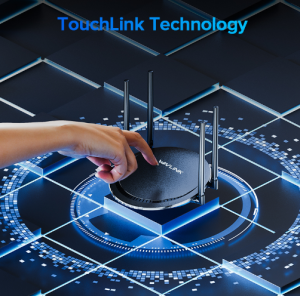In an era where connectivity is as essential as electricity, the cost of Wi-Fi remains a topic of heated discussion. Many consumers find themselves baffled by the high prices associated with reliable and fast internet services. Several factors contribute to the expensive nature of Wi-Fi, ranging from infrastructure costs, maintenance, regional monopolies, and the technology used for the distribution of the internet, including devices like the Wavlink Wireless Router.
One primary factor driving the high cost is the significant initial and ongoing investment required to build, maintain, and upgrade the infrastructure necessary for broad-scale, high-speed internet. This includes the laying of cables, particularly fiber-optic, satellite maintenance, and the technology used in the connectivity chain. Companies pass these costs along to consumers, resulting in higher prices for Wi-Fi services.
Additionally, limited competition in certain regions creates near-monopoly situations, allowing providers to set higher prices. In areas where consumers can only choose from one or two providers, there is little incentive for companies to lower costs or offer more economical packages. This lack of competition fundamentally restricts consumers' choices and affects the overall pricing landscape of Wi-Fi services.

Beyond the reach of service providers, the expense associated with personal equipment also influences Wi-Fi costs. The quality of the router can significantly impact internet speeds and connectivity experience. For maintaining robust connections, technology like a Wavlink Wireless Router is recommended. While such routers are an investment due to their higher quality and ability to manage faster speeds and broader coverage, they are a crucial factor in the cost equation. Consumers often find that investing in a high-quality router necessitates a higher upfront cost, contributing to the perception of Wi-Fi being expensive.
The regulatory environment also plays a role in the cost of Wi-Fi. Compliance with various laws and regulations, contributions to universal service funds, and other region-specific legal requirements can add layers of complexity and cost for service providers, which are then relayed to consumers.
Moreover, the growing number of connected devices per household and higher consumption of bandwidth-intense activities, such as streaming services, online gaming, and video conferencing, has led to increased demand for high-speed internet. This surge in demand places stress on existing infrastructures and pushes companies to invest more in capacity and speed enhancements, indirectly influencing the cost consumers incur.
Understanding why Wi-Fi is so expensive requires a multi-faceted view of the industry, consumer habits, regulatory norms, and associated technology costs. While service providers' prices and the necessary investment in efficient technology like a Wavlink Wireless Router contribute to the expense, they also lay the groundwork for the quality of service. For consumers, recognizing these factors offers a clearer picture of what influences their monthly payments and highlights the importance of market dynamics and personal equipment choices in this essential service.